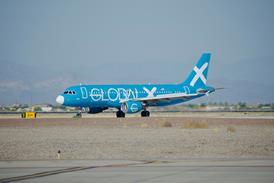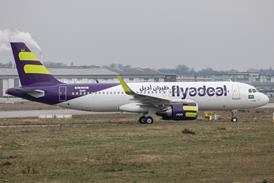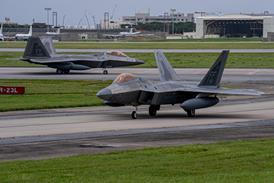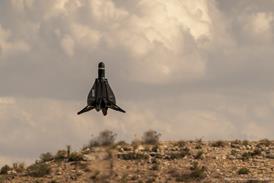Investigators have determined that a BAE Systems Hawk was transmitting on a different frequency from Dubai air traffic control just before it was forced to execute a low-level evasive manoeuvre to avoid a departing Emirates Boeing 777-300ER.
Approaching runway 12R from the south at just 500ft the Hawk had been 0.3nm horizontally and 100ft vertically from the 777, which was rotating and climbing out at the same height for a flight to Istanbul.
The Hawk pilot, out of the Al Minhad base, had been approaching Dubai International Airport at 360kt and requested clearance to climb to 2,000ft to transit the airport.
This request was denied and the Hawk pilot was advised to contact Dubai tower. But while the pilot reached the tower, just 11s before the incident, the controller was overseeing arrivals on 12L rather than the departing 777 on 12R.
A different controller, handling the 777 with 431 on board, warned the crew of a fast-moving target heading north.
"At this stage of the [777's] initial climb, it was not possible to take any avoidance action," says the United Arab Emirates General Civil Aviation Authority.
The Hawk performed a rapid hard turn to the left to resolve the conflict. Investigators have classified the airprox, which occurred on 12 February, under their highest risk category.
"For reasons which are under investigation, the [Hawk] was transmitting on a different frequency than required to communicate with the Dubai air traffic controllers responsible for the sector the aircraft requested to transit through," says the GCAA.
It points out that the UAE air force Hawk had been airborne for 37min and had been observed on radar on "several occasions" causing an "airspace infringement" while entering and exiting various control zones. The air force is conducting a parallel inquiry.
Source: Air Transport Intelligence news























